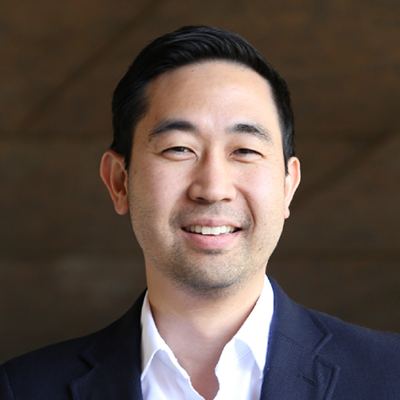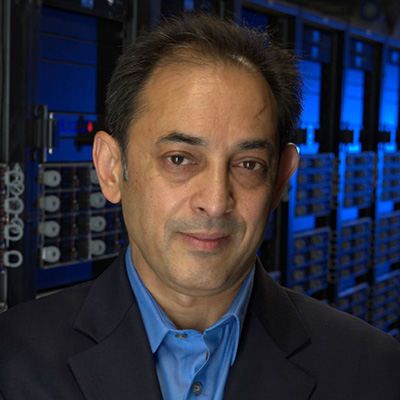Responsible AI Community Consortium
The Responsible AI Community Consortium (RAI-CC) aims to create a framework where academia, government, industry, and the community collectively and symbiotically engage in the responsible development and use of AI to advance discoveries, drive innovation, create an AI-savvy workforce, increase AI literacy, and foster societal good across Utah and the region, as well as nationally and globally. Through collaborative efforts, the consortium will focus on developing and testing proof of concepts to demonstrate the practical application of responsible AI principles, serving as a bridge between theory and impactful real-world solutions. Central to this mission is the cultivation of AI Ambassadors—leaders who promote responsible AI practices, foster collaboration across sectors, and enhance awareness and understanding of AI’s societal impact. The consortium will bring together key stakeholders and resources from academia, government, industry, and the community with the overarching goal of promoting the responsible development and use of AI and its positive outcomes for people and society. The synergies and collaborations enabled by the RAI-CC framework will naturally catalyze the culture change needed to advance AI and its uses responsibly.
Get Engaged
The Responsible AI Community Consortium typically meets via Microsoft Teams on the fourth Friday of the month—visit our events page for upcoming meeting details. Please fill out the interest form at the bottom of this page and attend one of our discussions!
Members


















Principles
In addition to core principles of responsible AI identified by the National Institutes for Standards and Technology (NIST), the RAI-CC aspires to the following principles:
- Responsible Innovation: Balance the ability to innovate in AI and its uses with the need for guidelines, regulations, and protections to ensure its responsible advancement.
- Democratization: Enable open access to AI technology and resources to reduce the digital divide.
- Knowledge Sharing: Promote education and awareness about AI technologies and their use, including potential benefits and risks, and encourage sharing of models and data to empower ethical development and interactions with AI.
- Openness: Contribute to clear and open communication about AI's capabilities and limitations, along with transparency and openness of models and data, and ensure that risk and negative impacts are acknowledged and minimized.
- Collaboration and Engagement: Participate in collaboration and information sharing amongst stakeholders, including students, researchers, policymakers, industry partners, and the broader community, to guide AI development and use.
- Continuous Learning and Improvement: Facilitate discussion on new research, user feedback, and evolving ethical standards and regulations to enable continuous improvement.
- Societal Relevance: Design and deploy AI systems to address societal needs and solve real-world problems relevant to our region and beyond.
Pillars
The foundation of the RAI-CC is built upon four pillars, each represents a foundational purpose of the RAI-CC.
Goals and Activities
Enable Responsible Research and Innovation with AI
- Goal: Facilitate interdisciplinary collaboration, projects, and publications to foster a holistic approach to responsible AI.
- Example Activities:
- Engage with the Special Interest Group (SIG) on Frameworks and Practices.
- Develop recommendations, risk management strategies, best practices, and other resources to support the responsible advancement of AI, from models and tools to new applications and approaches.
- Develop a framework to support Proof of Concept (PoC) projects.
- Explore models for sharing research resources, including data, models, tools, etc.
Promote AI Education and Workforce Development
- Goal: Develop an AI-enabled workforce that is adept in responsible AI practices.
- Example Activities:
- Engage with the SIG on Workforce Development.
- Establish incentives, processes, and structures for sharing knowledge, tools/data, experiences, etc.
- Leverage meaningful partnerships and develop local workforce with PoC projects.
Champion for Policy and Governance
- Goal: Engage with policymakers to promote responsible AI practices at local, national, and international levels.
- Example Activities:
- Engage with the SIG on AI Policy.
- Actively participate with the Utah Office of Artificial Intelligence Policy and Learning Laboratory.
- Streamline a process to manage intellectual property (IP) in collaborative projects.
- Establish clear policies around data governance.
- Identify and champion for business-friendly practices and policies that promote democratization.
Support Regional Infrastructure and Democratization
- Goal: Facilitate access to AI resources and infrastructure for partners in academia, government, industry, and the broader community, as well as address the growing digital divide.
- Example Activities:
- Engage with the SIG on AI Infrastructure.
- Establish mechanisms for knowledge sharing and collective growth.
- Develop strategies amongst partners to provide access to infrastructure for limited-scope projects through the framework for PoC projects.
Engage the Community
- Goal: Build awareness, promote dialogue, research, and education, drive adoption in practice, inform public policy, and advance public understanding.
- Example Activities:
- Develop mechanisms to harness collective capabilities and tackle high-impact AI research and application problems.
- Create a framework for programmatic efforts to engage in the evolving AI landscape, including relevant regulations, best practices, and resources.
- Organize events and activities to involve the broader community through collaboration with community partners.
Special Interest Groups (SIGs)
SIG Leadership
























Membership and Structure
The RAI-CC is envisioned as a collaborative structure that connects peer organizations and individuals to pursue a shared mission with goals of advancing responsible AI for societal benefit. It is supported by a governance structure based on the cooperative stewardship model and a membership structure that embraces all stakeholders.
The RAI-CC is open to membership by academic institutions, industry partners, government agencies, community organizations, and individuals interested in advancing responsible AI and promoting societal impact with AI. Members support and are supported through community, sharing of information, and participation in events and special interest groups (SIGs). SIGs play a critical role in fostering focused collaboration on specific themes or challenges in responsible AI, allowing members to contribute their expertise, explore innovative solutions, and drive impactful outcomes.
We encourage participation from any background to ensure the inclusion of a wide range of perspectives. Members are expected to be actively committed to the mission, principles, and pillars of the RAI-CC, interactive and mutual respect, and contributing expertise and resources to advance the goals of the RAI-CC. Members are held accountable for their adherence to the consortium guidelines and are expected to adapt to the evolving ecosystem of responsible AI.
A sustainability model is required for long-term consortium success and will be developed through engagement with consortium members. If you are interested in participating, please complete our interest form below.

